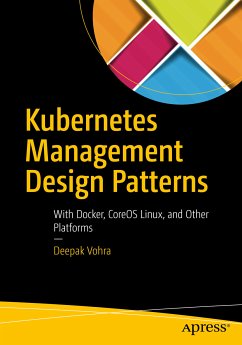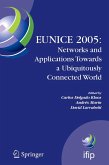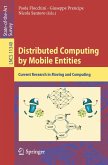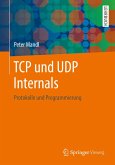Take container cluster management to the next level; learn how to administer and configure Kubernetes on CoreOS; and apply suitable management design patterns such as Configmaps, Autoscaling, elastic resource usage, and high availability. Some of the other features discussed are logging, scheduling, rolling updates, volumes, service types, and multiple cloud provider zones.
The atomic unit of modular container service in Kubernetes is a Pod, which is a group of containers with a common filesystem and networking. The Kubernetes Pod abstraction enables design patterns for containerized applications similar to object-oriented design patterns. Containers provide some of the same benefits as software objects such as modularity or packaging, abstraction, and reuse.
CoreOS Linux is used in the majority of the chapters and other platforms discussed are CentOS with OpenShift, Debian 8 (jessie) on AWS, and Debian 7 for Google Container Engine.
You will:
- Use Kubernetes with Docker
- Create a Kubernetes cluster on CoreOS on AWS
- Apply cluster management design patterns
- Use multiple cloud provider zones
- Work with Kubernetes and tools like Ansible
- Discover the Kubernetes-based PaaS platform OpenShift
- Create a high availability website
- Build a high availability Kubernetes master cluster
- Use volumes, configmaps, services, autoscaling, and rolling updates
- Manage compute resources
- Configure logging and scheduling
Dieser Download kann aus rechtlichen Gründen nur mit Rechnungsadresse in A, B, BG, CY, CZ, D, DK, EW, E, FIN, F, GR, HR, H, IRL, I, LT, L, LR, M, NL, PL, P, R, S, SLO, SK ausgeliefert werden.
"The book does provide a practical guide to installing Kubernetes using Amazon Web Services (AWS) and the Google Cloud Platform to perform essential tasks, all clearly illustrated with many screen shots. ... this book could be useful for those readers who appreciate a detailed and practical guide for installing and configuring Kubernetes' many features." (Computing Reviews, November, 2017)









